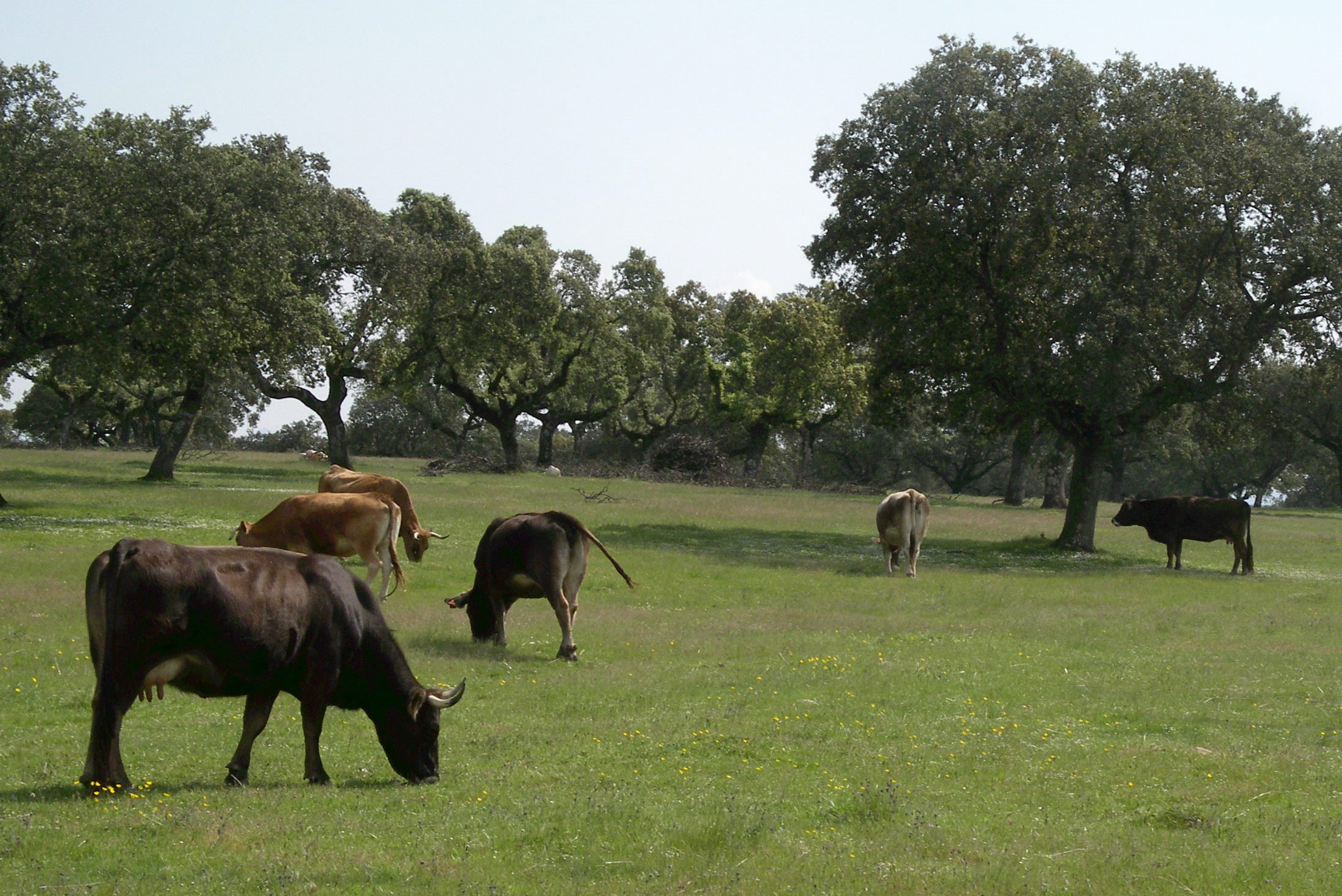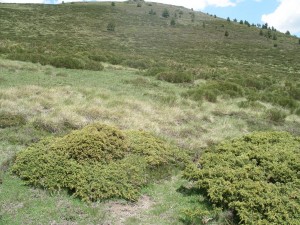 Title: VULCA. Vulnerabilidad del C edáfico al cambio climático y de uso del suelo en ecosistemas pastorales: Efectos del cambio en el regimén de precipitación en pastos abandonados o quemados.
Title: VULCA. Vulnerabilidad del C edáfico al cambio climático y de uso del suelo en ecosistemas pastorales: Efectos del cambio en el regimén de precipitación en pastos abandonados o quemados.
Funding Agency: Ministerio de Educación y Ciencia
Participating organizations: CEAM, UV
Duration: 2006-2008
PI: Casals P
Subproject Researchers: Rovira P; Montané, F; Lopez-Sangil, L.
The aim of the project is to study the vulnerability of soil carbon in grassland systems, by means of studying the changes in soil carbon processes under different land uses and under Climatic Change scenarios. To do this, the project includes 3 sub-projects, designed to study fluxes of carbon in soil-plant systems (sub-project 1), fluxes between the ecosystem and the atmosphere (sub-project 2) and its extrapolation to a landscape scale (sub-project 3).
The objectives of the coordinated project are:
1. To measure how relevant are in the carbon cycle of grasslands the abiotic factors (temperature and humidity) and the biotic factors (plant biomass, organic matter quality).
2. To estimate the carbon fluxes to the atmosphere, to the passive fractions of soil organic matter, or to soluble C (DOC), as affected by changes in the rainfall regime, fires or land abandonment.
Related Papers:
Montané F, Casals P, Dale MRT, 2011. How spatial heterogeneity of cover affects patterns of shrub encroachment into mesic grasslands. PLoS ONE, in press.
Casals P, Lopez-Sangil L, Carrara A, Gimeno C, Nogués S, 2011. Autotrophic and heterotrophic contributions to short-term soil CO2 efflux following simulated summer precipitation pulses in a Mediterranean dehesa. Global Biogeochemical Cycles, 25, GB 3012, doi:10.1029/2010GB003973
Lopez-Sangil L, Rousk J, Wallander H, Casals P, 2011. Microbial growth measurements reveal that land-use abandonment promotes a fungal dominance of SOM decomposition in grazed Mediterranean ecosystems. Biology and Fertility of Soils, 47, 129–138 doi: 10.1007/s00374-010-0510-8
Casals P, Garcia-Pausas J, Montané F, Romanyà J, Rovira P, 2010 Root decomposition in grazed and abandoned Mediterranean and mountain grasslands estimated by standard labelled roots. Agriculture, Ecosystems and Environment, 139, 759-765
Montané F, Romanyà J, Rovira P, Casals P. 2010. Aboveground litter quality changes may drive soil organic carbon increase after shrub encroachment into mountain grasslands. Plant and Soil, 337, 151-165. Doi: 10.1007/s11104-010-0512-1
Montané F, Casals P, Dale MRT. 2010. Spatial patterns of shrub encroachment in neighbouring grassland communities in the Pyrenees: floristic composition heterogeneity drives shrub proliferation rates. Plant Ecology, 211, 267-278 Doi: 10.1007/s11258-010-9788-8
Casals P, Gimeno C, Carrara A, Lopez-Sangil L, Sanz MJ. 2009. Soil CO2 efflux and extractable organic carbon fractions under simulated precipitation events in a Mediterranean Dehesa. Soil Biology and Biochemistry, 41: 1915-1922.
Montané F, Casals P, Taull M, Lambert B, Dale M R T, 2009. Spatial patterns of shrub cover after different fire disturbances in the Pyrenees. Annals of Forest Science, 66:612
Montané F, Rovira P, Casals P. 2007. Shrub encroachment into mesic mountain grasslands in the Iberian peninsula: Effects of plant quality and temperature on soil C and N stocks. Global Biogeochemical Cycles, 21, doi:10.1029/2006GB002853
